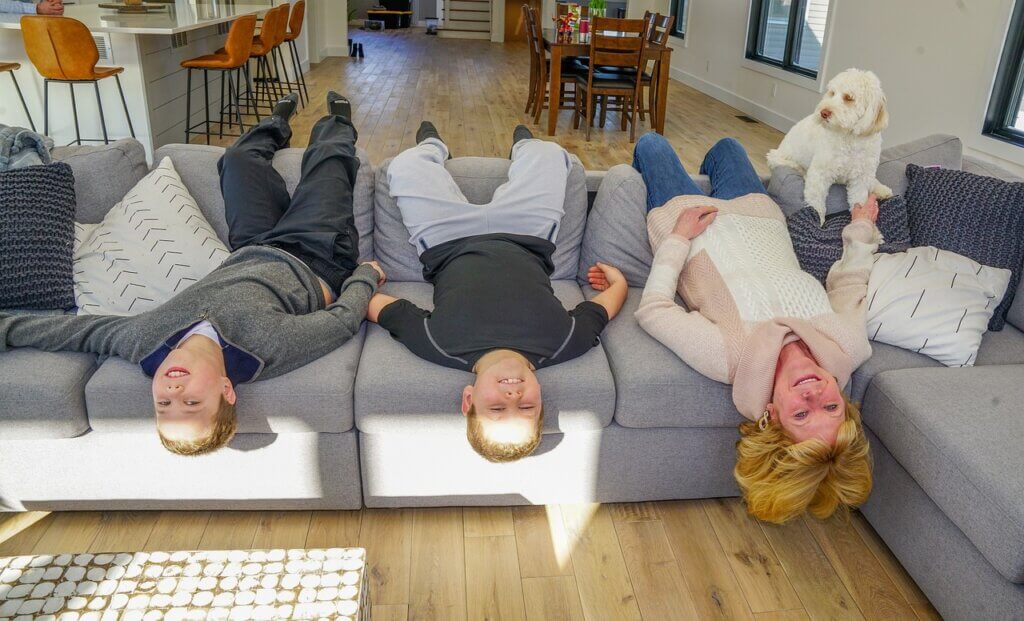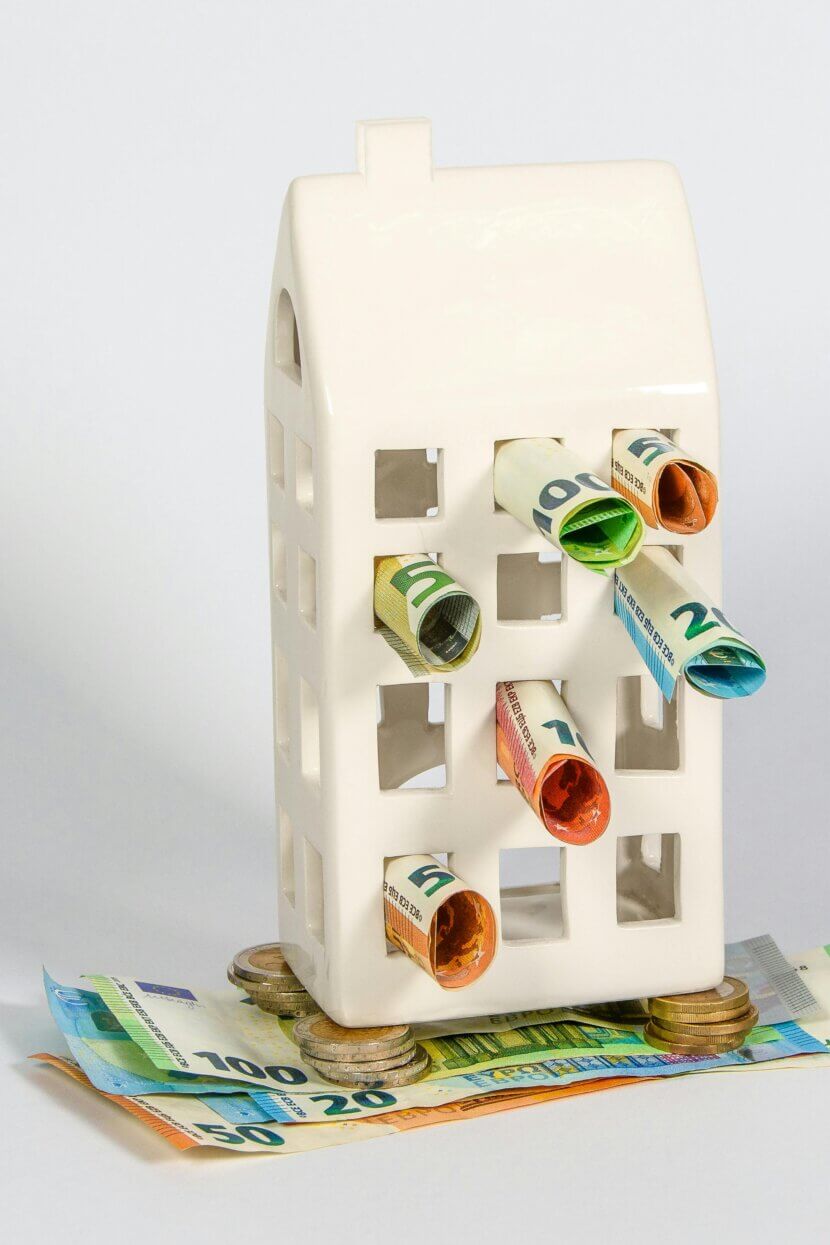Cooperative apartments are more popular than ever, as they stand for affordable housing. As a rule, these are apartments built by non-profit developers with housing subsidies – which is why we are retaining the term “cooperative apartment”.
However, this term is not entirely correct: strictly speaking, it only covers apartments that are built by a non-profit housing developer that is actually organized as a cooperative. However, many non-profit organizations are not organized as cooperatives, but as limited liability companies (GmbH) or public limited companies (AG). Anyone renting an apartment from a cooperative can recognize this by the fact that they are not referred to as tenants, but as “authorized users” and the rental agreement as a “usage agreement”. “In this case, the tenants are members of the cooperative and are given the apartment for use in return for payment,” explains AK housing law expert Walter Rosifka.
Advantages of a cooperative apartment
Non-profit building associations are subject to the Austrian Non-Profit Housing Act (Wohnungsgemeinnützigkeitsgesetz – WGG), whose principles include cost recovery and profit limitation. If housing subsidies are used to build a project, they must also comply with the housing subsidy guidelines of the respective federal state.
In addition, the Tenancy Act (MRG) applies to the apartments. As a result, these apartments are sometimes significantly cheaper than comparable properties on the open market. Furthermore, there is no commission and often no deposit when renting, but there is a so-called financing contribution (see below). Incidentally, the rental contracts are usually open-ended.
Who can become a tenant?
To be able to rent a subsidized apartment, you must be an Austrian citizen, a citizen of an EU or EEA country, a non-EU citizen with a valid residence permit or a refugee under the Geneva Convention. The future tenant must be over 18 years old, but registration is possible from the 17th birthday. And they must register their main residence there. In addition, there are certain income limits that are regulated in the housing subsidy guidelines of the federal states.
How do I find a cooperative apartment?
In principle, the same applies as for other apartments – either directly with the non-profit building association or via advertisements in print media or on online platforms. Another point of contact in Vienna is Wohnservice Wien – non-profit building associations have to register some of their newly built apartments there, as well as older apartments that become vacant.

How quickly can I find an apartment?
Anyone registering for an apartment that is currently under construction or even in the planning stage needs to be patient – depending on how long the waiting list is. However, the non-profit organizations also offer them immediately available cooperative apartments, for example because a tenant has moved out.
What does a cooperative apartment cost?
Due to the rent cap, cooperative apartments are generally much cheaper than comparable properties on the open market. According to the Association of Non-profit Building Associations, the average rent for subsidized apartments is currently EUR 7.60 per square meter.
A so-called financing contribution (basic or construction cost contribution) is also frequently demanded, which reduces the rent. However, the tenant is reimbursed this within eight weeks of the end of the tenancy with an annual depreciation of one percent (for apartments first occupied from 2000) and two percent (up to 2001), plus inflation. For low-income tenants, there are favorable loans to finance this contribution in the federal provinces, for example in Vienna.
Related posts:
What you should look out for in a distress sale













